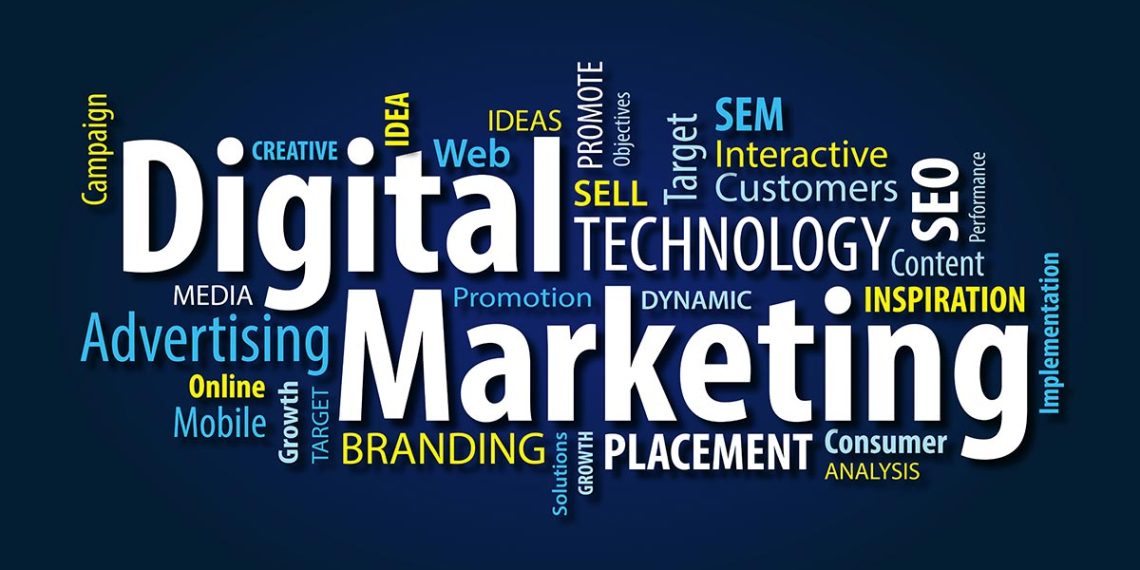How has digital marketing changed? Do you have any connection to it? Well, even though the history of digital marketing and its development has nothing to do with you, the development of digital marketing and how it aids in business expansion unquestionably does! You are now enquiring! It might be one of the terms people use most frequently today, right? And that is true. All organizations worldwide now consider digital marketing to be essential. It is a fact of this period. Join us to avoid falling further behind, let’s examine the development of digital marketing to know how it contributes to the expansion of gaining more likes and followers for twitter accounts.
Table of Contents
Digital Marketing’s Evolution: A Timeline
The 90s
The first search engine, Archie, made its debut in the early 1990s, kicking off the search age. Search engine optimization, or SEO, came next.
In 1994, the first web banner ads that could get clicked on got released. With 3.5 million subscribers, the first recognizable social networking platform went live in 1997. Many websites from the 1990s that are still in use include Google and Yahoo’s web searches, which debuted in 1998.
The Millennial Generation
The new millennium saw the growth of a massive economic bubble. But many firms suffered from the bubble’s peak between 2000 and 2002. As the economy recovered from the boom, numerous new websites, such as LinkedIn’s earliest iterations in 2002, In 2003, Myspace and WordPress, followed by Facebook in 2004. Mobile text message marketing grew in popularity at the beginning of the 2000s.
The Mobile Age
With Amazon’s e-commerce revenues topping $10 billion in the 2nd half of the decade, marketing and sales activity intensified. As WhatsApp, Instagram, and Snapchat entered the digital sphere during the following few years, the culture of mobile apps grew.
The Present
A person now spends 65% of their time on mobile devices for digital media. The current market size of the digital advertising sector gets estimated to be approximately $200 billion, with Google Ad Words contributing 96% of the company’s revenue. Social networking has been at the forefront of the digital marketing revolution, with an estimated 3.1 billion internet users.
Influencer marketing is a $1 billion sector – expected to develop due to the popularity of blogs and Instagram.
What the Future of Digital Marketing Holds (and Lessons to Take Forward)
Based on present patterns, we can predict specific details about the direction that digital marketing will take. The employment of Artificial Intelligence (AI) technologies, for instance, is anticipated to become more widespread. Currently, it gets used for various things, including the generation of content and e-commerce transactions.
Additionally, we anticipate seeing more chatbots employed for customer involvement. To understand consumer demands and respond to inquiries like a human. Mastercard already uses a Facebook Messenger bot with natural language processing skills.
Finally, we’ve already spoken about how voice search has become increasingly popular and will likely continue to do so. To keep up with your audience’s inevitable adoption of modern or emerging technology and habits. These trends should ideally inform every part of your marketing efforts.
The Role of Search Engines
The World Wide Web got introduced in 1991, but it didn’t take off until the first widely used browser, Netscape, entered the market in 1994. Between the 1990s and the early 2000s, more individuals started using the internet, which led to the appearance of search engines like Google.
Based on the keywords entered in the search terms, search engines operate – by crawling websites and storing them for subsequent retrieval. Due to this, a practice known as Search Engine Marketing (SEM) has emerged. In SEM, websites and blogs get promoted by making them more visible using techniques – including paid advertising and search engine optimization (SEO).

